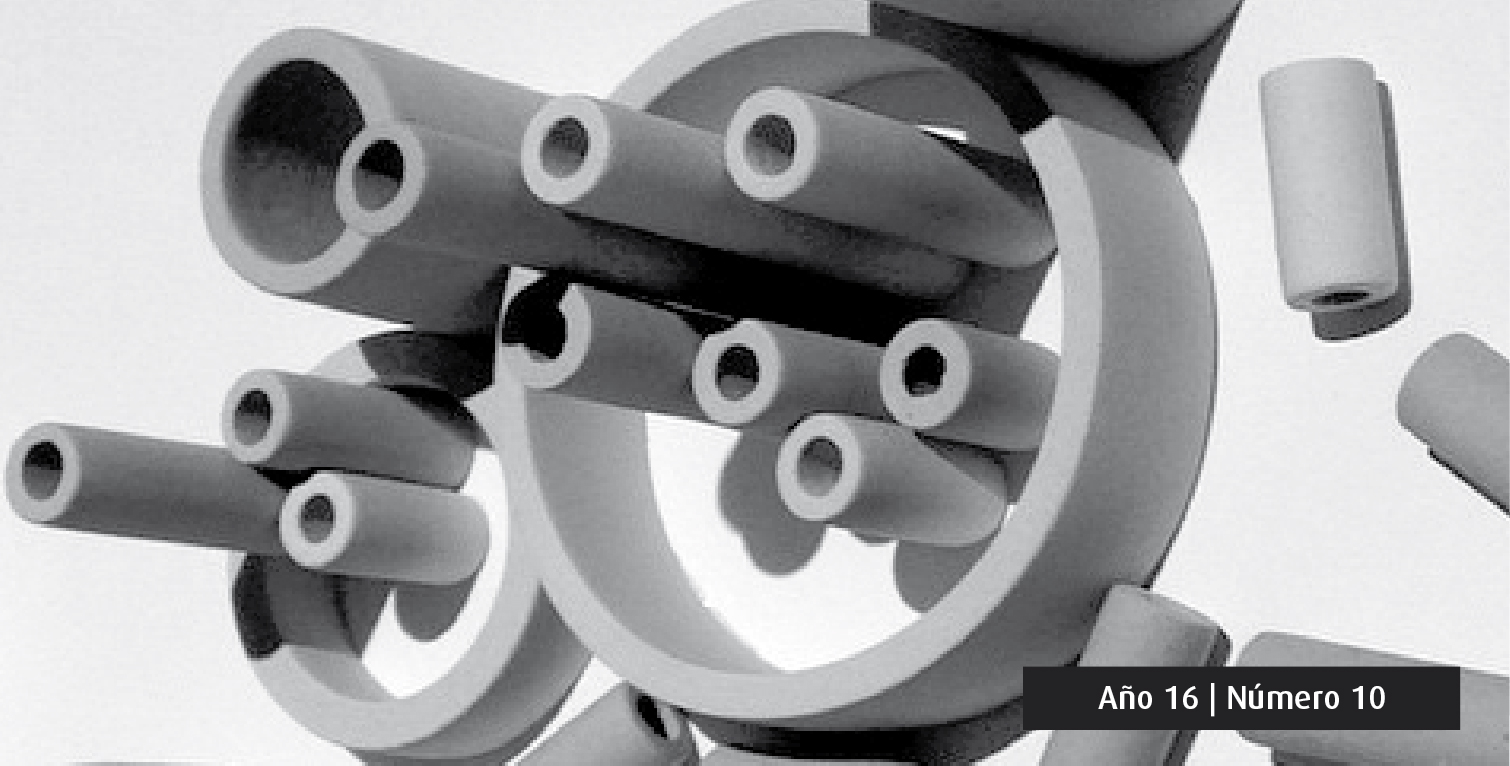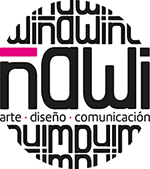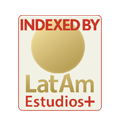The political-critical in Art. Archive and images from the montage
Keywords:
Archive, images, montage, critique, politicsAbstract
We will understand the relationship between archive and image as propitiatory of an only encounter in which the potentiality of critically doing finds a preferential place. Discerning the political in the image will bring us closer to artistic practices that will question the documents in order to generate new meanings, new ways of knowing and making things visible. In this sense, Benjamin’s categories of montage and dialectical image will be fundamental for this approach, since they break with the traditional concept of archive related to the closed, lineal and chronological order. Expecting to discern what exists under de expected homogenization of what is always near, of the given history, is a task that needs active participation from the researcher and that gives the artistic practice its epistemological, political and social character back.Downloads
Downloads
Published
How to Cite
Issue
Section
License
The acceptance of the manuscript by the magazine means the non-exclusive cession of the property rights of the authors in favour of the editor, who allows the reuse, after publication (post print), under a license Attribution-NonCommercial-NoDerivatives 4.0 International. According to these terms, the material can be copied and redistributed by any means or in any format as long as a) the author and original source of the publication are quoted (magazine and URL of the work), access to the license is provided and whether changes have been made is mentioned; and b) the material is not used for commercial purposes.
The cession of non-exclusive rights means that after the publication (post print) in Arte e Investigación the authors can publish their work in any language, means and format; in such cases it must be mentioned that the material was originally published in this magazine. Such cession also means the authorization of the authors for the work to be collected by SEDICI, the institutional archive of the National University of La Plata, and to be spread in the databases that the editorial team considers appropriate to increase the visibility of the publication and its authors.
Moreover, the magazine encourages the authors to deposit their productions in other institutional and thematic archives under the principle that offering the society the scientific and academic production without any restrictions contributes to a greater exchange of the global knowledge.


































